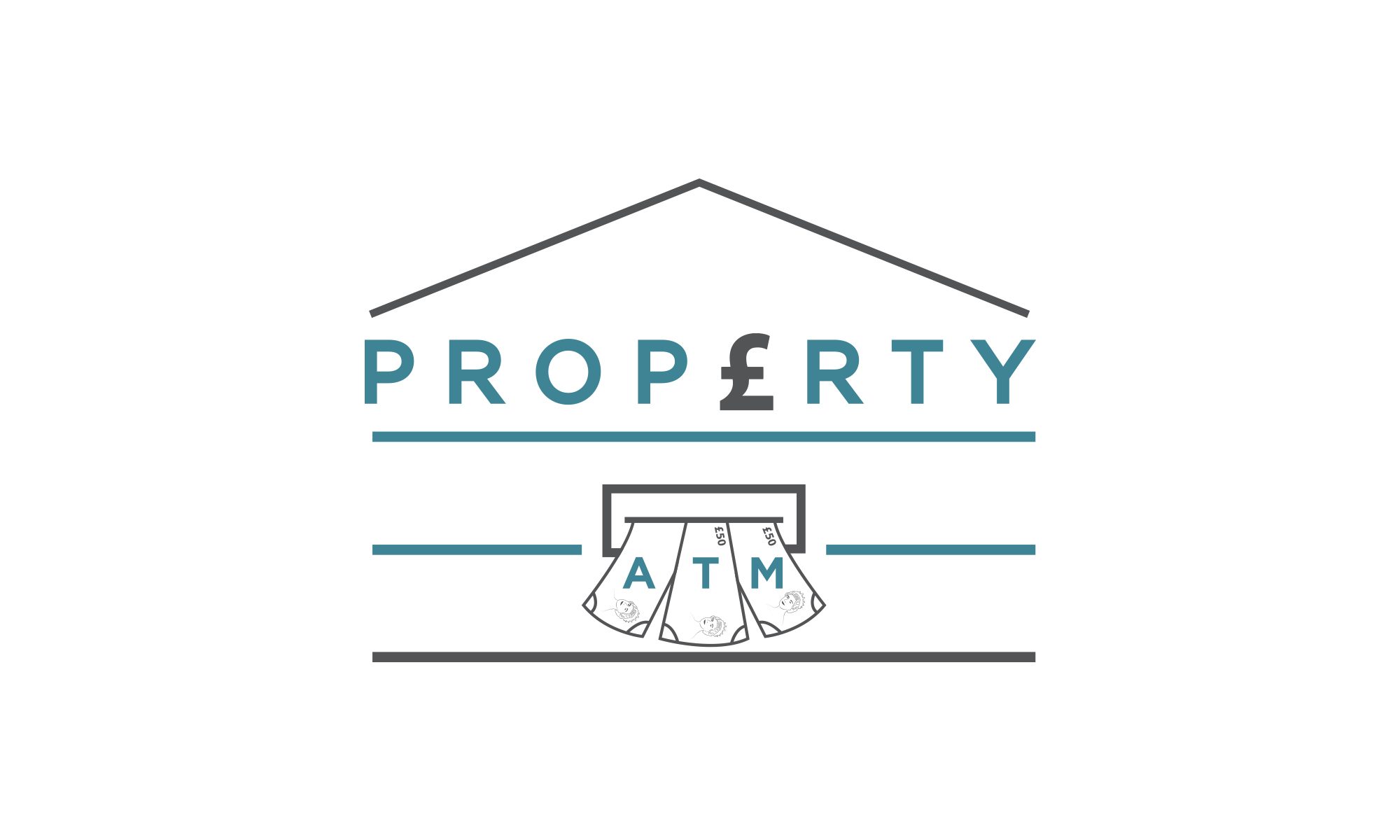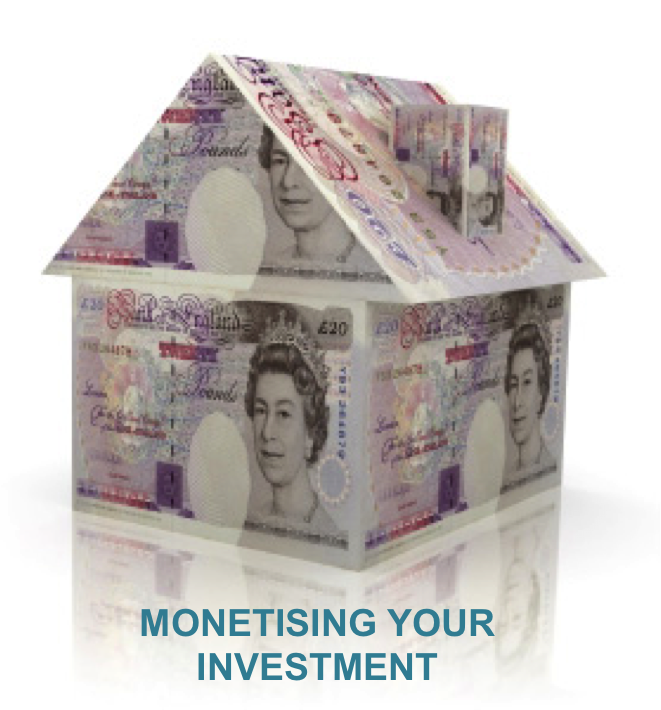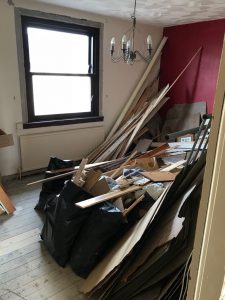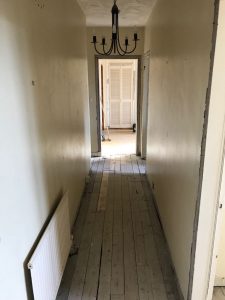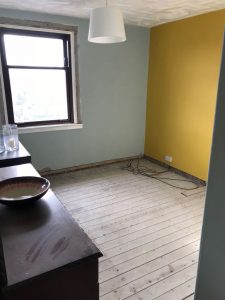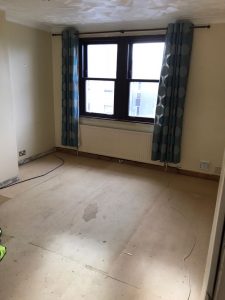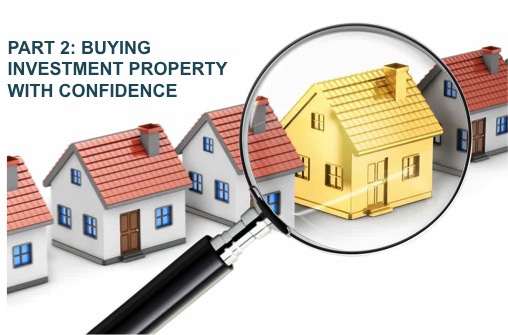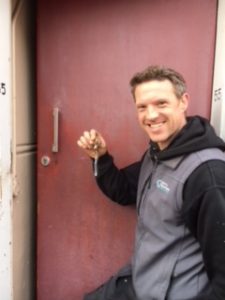Quite often it is not new information that we need but rather to be reminded of what we might already know. One of Darren Hardy’s daily messages this week reminded me that wisdom is earned through awareness. I shared this concept in week 40 last year when I first learned about it.
To elaborate a little, what this means is that in order to ‘grow through life’ rather than just go through life, we have to pay for wisdom with our attention. We must force ourselves to assess our observations and insights from each day and each week. Without doing that we go through life missing out on the subtle opportunities to learn and grow.
For a number of years now I’ve been capturing 3 lessons learned from each weekday. 99% of these new learns that I capture each day are typically words of wisdom from books, mentors, and other external resources. However, on hearing Darren’s message again this week it reminded me to consciously add more self observations from the day. For example things I may have learned in the act of trying things, doing and making mistakes. When we consciously document these insights it embeds the lesson in the brain.
When reflecting on our days like this it can be like finding little nuggets of gold as it relates to the mini lessons that could help continuously improve your property business.
The last couple of weeks, and in particular last weekend, have probably been our busiest ever in the SA business thanks to the Edinburgh marathon, a bank holiday and an international golf tournament (all on top of our usual contractor stays). With all our properties filled to capacity and with multiple same day changeovers it was a great opportunity to stress test operations. As can be expected in the hospitality industry, multiple challenges did show up and were effectively dealt with.
We are emerging with new learns at different points throughout our operational process that will help us refine things things from payments, to linen logistics, emergency maintenance provisions (and multiple trade people) to waste collection management and beyond. The minutiae that can only be picked up over the course of time and in the act of doing but with the right reflection can teach us so much.
While we are continuing to learn in our SA business, Chris and I have also been reflecting and learning from the process of putting ourselves out there and delivering a webinar on the 3 step strategy we are using to DE-RISK PROPERTY DEALS AND BUY WITH CONFIDENCE – FOR MULTIPLE EXITS AND HIGHEST RETURNS. If you are looking to become the kind of property investor who can enjoy the holy grail of monthly net profit cash flow PLUS periodic lump sum cash injections…then we’d love for you to join us on our next webinar. Email me directly if you’d like like to find out when the next live webinar is going out – tsen@adaeroproperty.com
To close this weeks post I wanted to share a topic related side note – when speaking to my eldest son recently about seeing mistakes as feedback to learn and improve from, he shared with me a brilliant acronym for the word FAIL that they learned at school… it goes as follows:
First
Attempt
In
Learning
I really liked that and was delighted to hear they are learning about growth mindset at school. Armed with this wisdom, my son made me a very proud Dad this afternoon by standing up and wakeboarding on his first outing. He’s not yet 10, and after 2 failed attempts (face plants) he nailed it and rode out a full minute.
Have a great week all and be sure to do some positive FAIL -ing.



